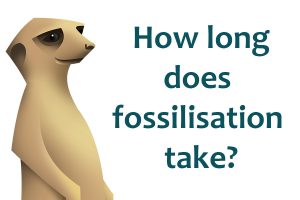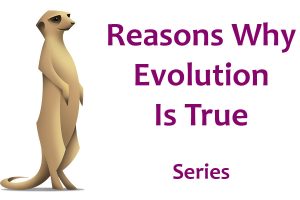Ancient fossil arachnid reveals the origins of spiders
A new fossil discovered in France promises to shed light on the murky evolutionary history of spiders. The rare three-dimensional fossil of the new species shows that it is nearly, but not quite, a spider, lacking the key silk-spinning adaptation that defines spiders. This 300-million-year-old arachnid is our closest view yet of the ancestor to all spiders.
Continue reading



